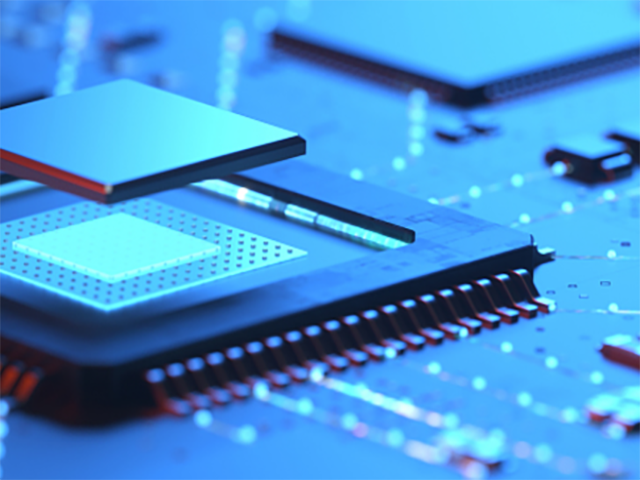Introduction
Common-mode and differential signals are fundamental concepts in electronics that play a crucial role in circuit design and signal processing. Understanding the differences between these two signal types is essential for engineers to design reliable and efficient circuits for various applications. This article delves into the concepts of common-mode and differential signals, their characteristics, significance in circuit design, and practical considerations.

Common-Mode Signal
A common-mode signal is a voltage signal that appears simultaneously on both signal lines or conductors with respect to a common reference point. It represents the component of the signal that is common to both lines and is often caused by external noise sources, power supply variations, or electromagnetic interference. Common-mode signals can introduce errors and distortions in circuits if not properly addressed.
Differential Signal
A differential signal consists of two voltage signals that are equal in magnitude but opposite in polarity with respect to a common reference point. It represents the difference between the two signals and is used to transmit data or information while rejecting common-mode noise. By comparing the voltage difference between the two signals, differential signaling provides better noise immunity and signal integrity compared to single-ended signaling.
Significance in Circuit Design
In circuit design, the distinction between common-mode and differential signals is crucial for ensuring proper signal transmission, noise rejection, and overall performance. Here are some key considerations related to common-mode and differential signals in circuit design:
1. Noise Rejection: By using differential signaling, circuits can effectively reject common-mode noise that may be present in the environment or introduced during signal transmission. This improves the signal-to-noise ratio and enhances the reliability of the system.
2. Signal Integrity: The use of differential signals helps maintain signal integrity by reducing the impact of noise and interference on the transmitted data. This is particularly important in high-speed communication systems and sensitive analog circuits.
3. Grounding and Shielding: Proper grounding and shielding techniques are essential to minimize common-mode noise and ensure the integrity of differential signals. Ground loops and inadequate shielding can lead to signal degradation and performance issues.
4. Balanced Circuits: In balanced circuits, differential signaling is commonly used to maintain signal symmetry and minimize common-mode effects. This approach is prevalent in audio applications, instrumentation systems, and communication interfaces.
Practical Considerations
When designing circuits that involve common-mode and differential signals, engineers should consider the following practical aspects:
1. Signal Conditioning: Signal conditioning techniques such as amplification, filtering, and impedance matching can help improve the quality of both common-mode and differential signals in a circuit.
2. Component Selection: Choosing components with low common-mode rejection ratio (CMRR) and high common-mode rejection capabilities is essential for circuits that rely on differential signaling for noise rejection.
3. PCB Layout: Proper PCB layout practices, including signal routing, ground plane design, and differential pair routing, can minimize crosstalk, interference, and common-mode effects in a circuit.
4. Testing and Validation: Testing the circuit under different operating conditions and environments is essential to ensure that common-mode and differential signals are properly handled and processed.
Conclusion
In conclusion, common-mode and differential signals are essential concepts in circuit design that impact signal quality, noise rejection, and overall performance. Understanding the differences between these signal types and implementing appropriate design techniques can help engineers create robust and reliable circuits for a wide range of applications. By considering the significance of common-mode and differential signals, engineers can optimize circuit performance, enhance signal integrity, and mitigate the effects of noise and interference in electronic systems.

